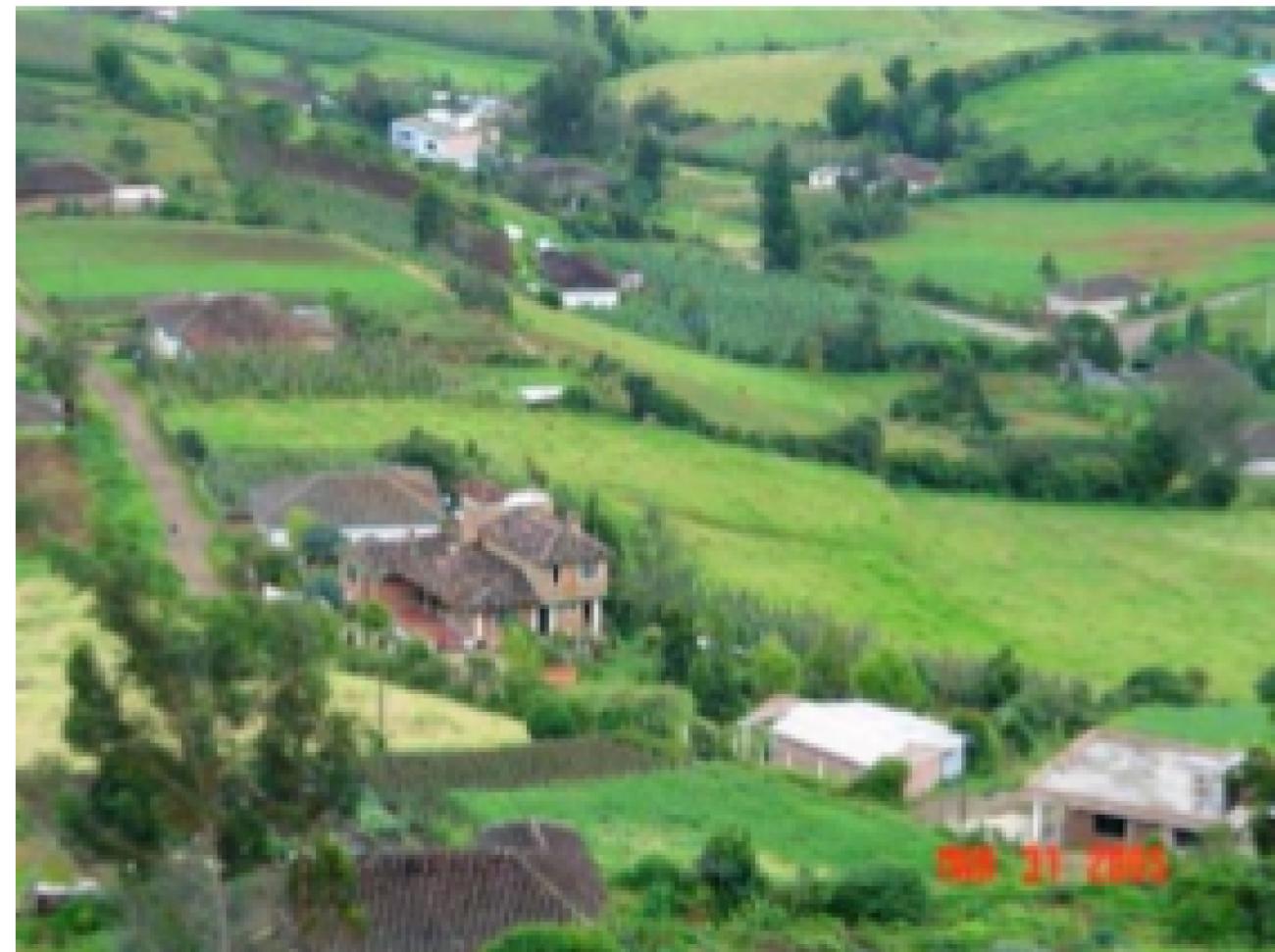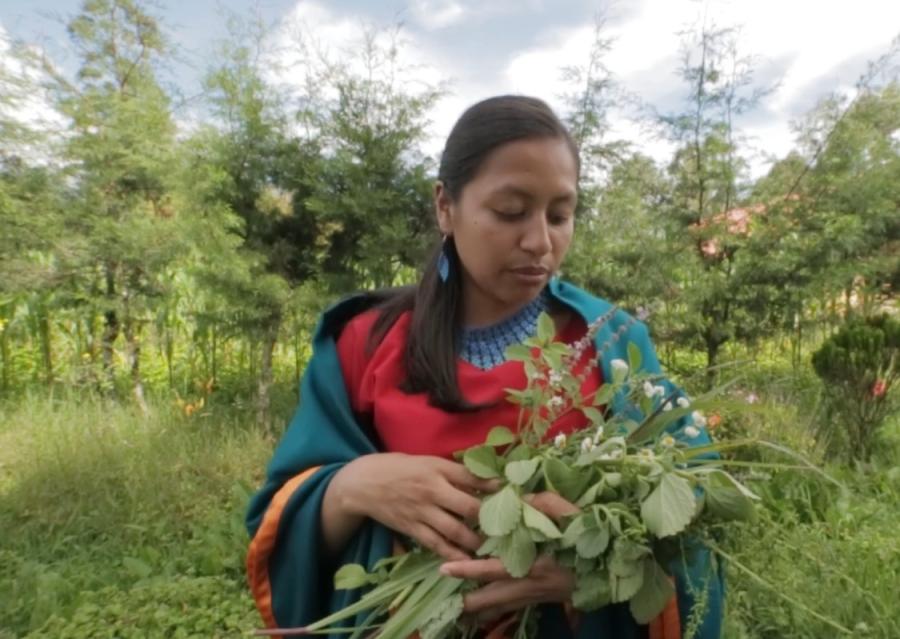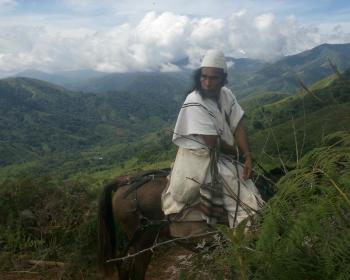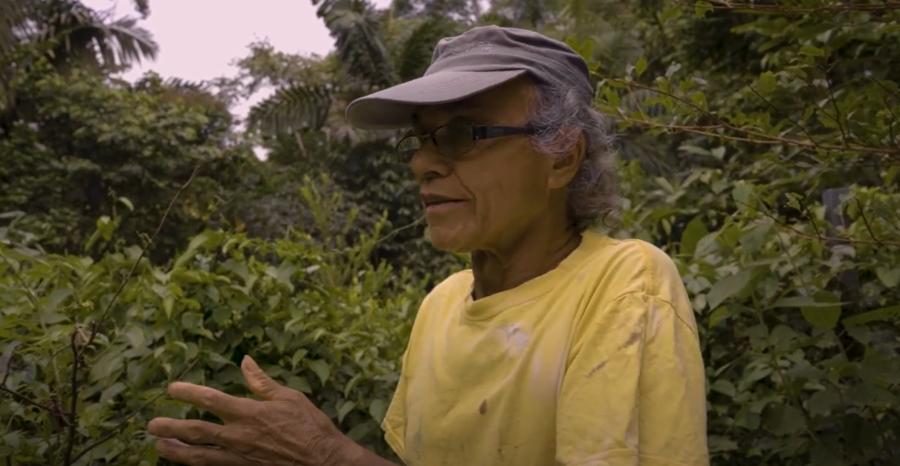
Nine years after a perimeter road was built through Mocondino, Colombia, many questions remain. When the builders of that big highway first publicized this project, they spoke of a road that would bring much development. The government representatives who visited our territory also gave us the same speech.
The Indigenous community that lives in the area demanded that the process of obtaining their Free, Prior and Informed Consent be complied with, as it is enshrined in the Colombian constitution through Law 21 of 1991, which incorporates International Labor Organization Convention 169 into the block of constitutionality. “It was a tough fight with a lot of resistance,” says Silvio Naspirán, Indigenous governor of the Mocondino community.
After realizing that the Indigenous community was not in the registry of the Colombian Ministry of the Interior, despite the fact that history recognizes it, the builders and those in power at that time decided to build the road using public force, such as police and riot squads. The road was built in 2013 in the face of the opposition of the Indigenous community.

This so-called development project definitively cut off the ancestral road to our water storage tank, which in ancient times was one of the most important communication routes between the department of Nariño (to which we belong) and the neighboring department of Putumayo. At that time, this road was the only one that connected Mocondino Alto with the city of Pasto and the rest of the territory. As a result, 30 families from Mocondino Alto, whose livelihoods rely on agricultural activities, were left isolated.
The damage was devastating, as the Mocondino community aqueduct was left in precarious condition. Previously, a pipeline passed through the road supplying water to the communities of Mocondino, Puerres, and Canchala. After the construction of the road, the pipeline was left hanging from steel cables. This semi-repair, called a truss, fell on September 4, 2020, and affected the entire aqueduct system.
As the truss remained on the ground blocking the perimeter road, the National Institute of Roads cleared it and rehung the aqueduct pipe with some cables. According to the Institute, this was a temporary fix for six months, until they found an ultimate solution. The six month period has long since passed, and the hanging pipe is still there.
“That road does not benefit us at all,” Naspirán says. “From 2013 to today, seven people from Mocondino and an unknown number of additional people have died in traffic accidents on that road. Many animals have also died...horses, cows, puppies. That highway is bathed in blood.”
Naspirán says the road benefits the inhabitants of the city of Pasto because they no longer have freight cars passing through their streets, but at the expense of the citizens of Mocondino. “Now they pass through our territory and pollute it with noise, smoke, gasses, bad odors. The cargo brought by these large vehicles just passes through here, nothing stays. They cut off our territory and physically divided those of us above and those below. They polluted our culture and evicted many of our spirits from their natural habitats,” he says.
Gabriela Jojoa, a resident of Mocondino and member of the Indigenous community, comments, “There has been [an increase] in crime. Before that road existed, one would hear of armed robberies, but [only] on the news. Today, you live close to them, criminals come and go to do their misdeeds and nobody has been able to do anything. Likewise, people who pass by in cars throw garbage bags under the bridge. They also come to abandon animals, especially puppies. Urbanism besieges us. Our rurality is gradually disappearing and with the increase of urbanization our culture is also disappearing,” she says.
Elena Pinza, who also lives in the area, says, “You don't see many benefits but there are lot of challenges. The pedestrian bridge they built is not used by anyone. Although many people who live here in Mocondino have vehicles and use the road to enter and leave Mocondino, the locals have not seen the advantages of the construction of this road, called ‘development’ by many.”
--Fabio Gilberto Naspirán Jojoa (Quillasinga) is a Traditional Knowledge holder from the Indigenous community of Mocondinos, Colombia.



